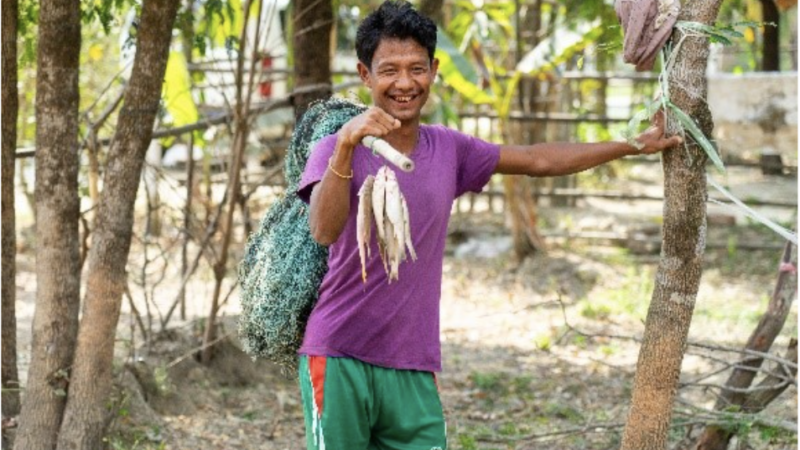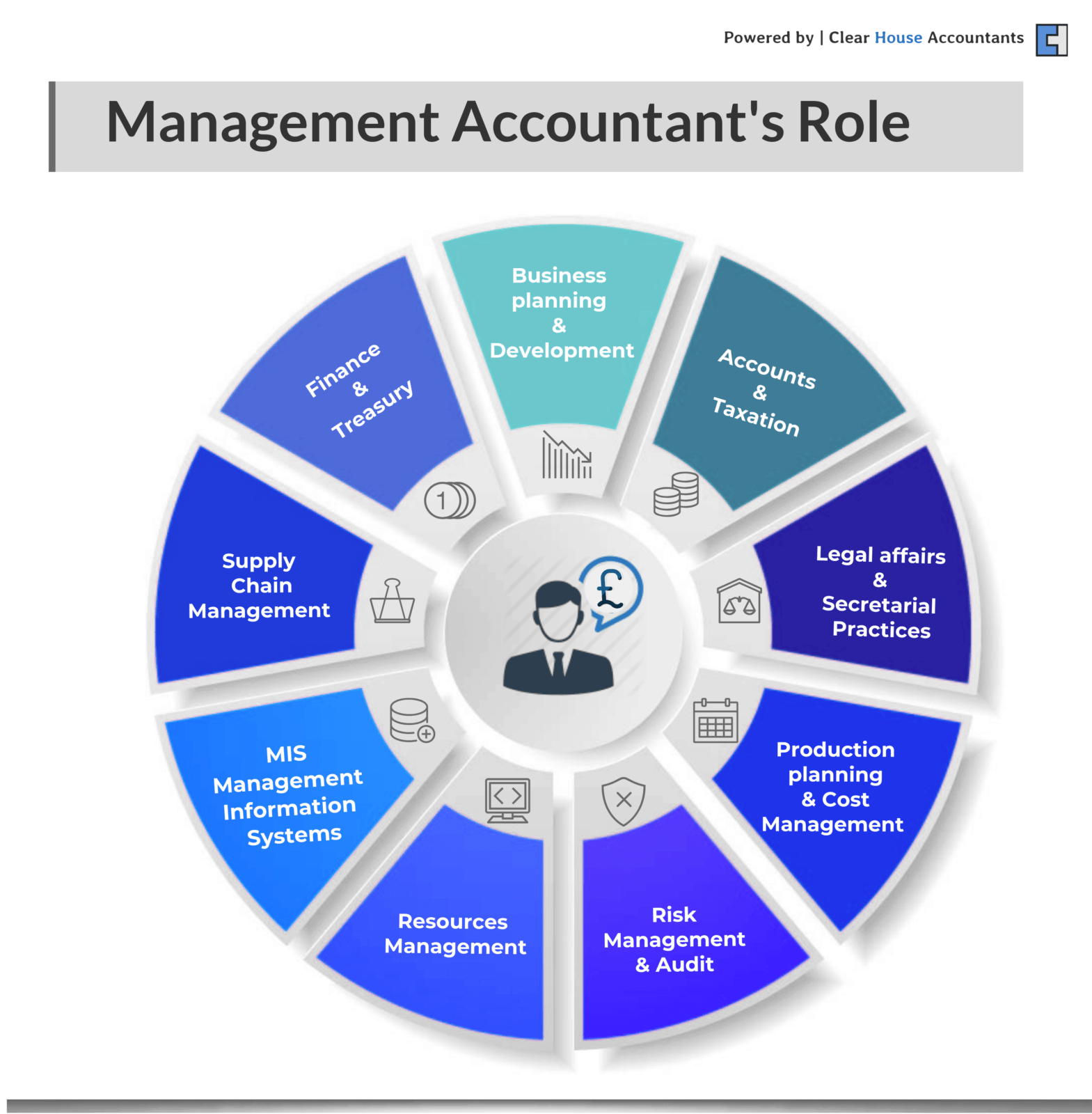Seagrass Restoration Bids: Revitalizing Scotland's Coastal Ecosystems

Table of Contents
The Urgent Need for Seagrass Restoration in Scotland
Seagrass meadows are often called the "lungs of the sea" for their incredible ability to sequester carbon dioxide, mitigating climate change. They also provide essential habitat for a vast array of marine life, from commercially important fish species to invertebrates and seabirds. Furthermore, these underwater grasslands act as natural buffers, protecting coastlines from erosion and storm damage.
However, Scotland's seagrass meadows have suffered significant losses due to factors like pollution, coastal development, and destructive fishing practices. This decline has far-reaching consequences:
- Reduced biodiversity: The loss of seagrass habitat directly impacts the abundance and diversity of marine species that depend on it.
- Increased coastal erosion: The protective barrier provided by seagrass is weakened, leading to increased vulnerability to coastal erosion and storm surges.
- Impaired water quality: Seagrass meadows help filter water, removing pollutants and improving water clarity. Their loss contributes to poorer water quality.
- Decreased carbon sequestration: The diminished capacity of seagrass meadows to absorb CO2 exacerbates climate change impacts.
Specific examples of seagrass decline can be seen in areas like the Firth of Clyde, where significant habitat loss has been documented, and the Moray Firth, where pollution from agricultural runoff has negatively affected seagrass health. The urgent need for effective seagrass restoration bids is therefore undeniable.
Types of Seagrass Restoration Bids & Funding Opportunities
Several approaches are employed in seagrass restoration bids, each with its own merits:
- Seed collection and planting: Involves collecting seagrass seeds and planting them in suitable locations. This method is cost-effective but relies on successful seed germination and establishment.
- Transplanting: Healthy seagrass shoots are carefully transplanted from donor sites to restoration areas. This method offers faster results but requires careful selection of donor sites and transplantation techniques.
- Habitat creation: This involves creating artificial habitats that mimic natural seagrass beds, providing a suitable environment for seagrass colonization.
Securing funding for these ambitious projects is crucial. Various funding bodies in Scotland support seagrass restoration initiatives, including:
- The Scottish Government: Offers various grant schemes focusing on environmental protection and restoration.
- NatureScot: The Scottish nature agency provides funding for biodiversity conservation projects, including seagrass restoration.
- Environmental trusts: Numerous trusts and foundations offer grants specifically for marine conservation and habitat restoration.
- Private investment: Increasingly, private companies are investing in environmental initiatives, recognizing the importance of seagrass conservation.
Finding the right funding requires diligent research. Regularly checking the websites of these organizations for application details, deadlines, and eligibility criteria is essential for securing funding for seagrass restoration bids. Successful examples of funded projects include [Insert examples here with links if available].
Challenges & Successes in Seagrass Restoration Bids
Seagrass restoration faces numerous environmental and logistical challenges:
- Pollution: Nutrient runoff from agriculture and sewage discharge can hinder seagrass growth and survival.
- Climate change: Rising sea temperatures and ocean acidification pose significant threats to seagrass meadows.
- Grazing: Overgrazing by certain species can damage seagrass beds and prevent their recovery.
- Access to sites: Reaching remote or challenging coastal locations can be difficult and expensive.
- Suitable planting techniques: Developing effective planting techniques that ensure high survival rates is crucial.
- Monitoring: Regular monitoring is essential to assess the success of restoration efforts and adapt strategies as needed.
Despite these challenges, several successful seagrass restoration projects in Scotland demonstrate the potential for positive impact: [Insert specific examples of successful projects, detailing their outcomes and innovative techniques used]. Lessons learned from less successful projects highlight the importance of careful site selection, robust monitoring, and adaptive management strategies.
The Long-Term Vision: Sustainable Seagrass Management
Ensuring the long-term success of seagrass restoration requires a holistic approach that involves:
- Community engagement: Engaging local communities in seagrass conservation efforts fosters stewardship and increases the chances of project success.
- Public awareness: Raising public awareness of the importance of seagrass meadows promotes support for conservation initiatives.
- Ongoing monitoring: Regular monitoring allows for early detection of problems and timely intervention.
- Adaptive management: Regular assessment and adjustment of restoration strategies based on monitoring data is crucial.
- Policy changes: Supportive policies are needed to regulate activities that negatively impact seagrass meadows.
- Sustainable coastal management: Integrating seagrass conservation into broader coastal management strategies is essential.
Citizen science projects, educational initiatives, and outreach programs can all play a significant role in achieving these goals. For example, [Insert specific examples of community engagement and educational initiatives]. Through careful planning, community involvement, and ongoing monitoring, we can secure a sustainable future for Scotland’s valuable seagrass ecosystems.
Conclusion
Seagrass restoration bids are vital for revitalizing Scotland's coastal ecosystems. While challenges exist, successful projects demonstrate the potential to restore these crucial habitats. The future of Scotland's marine environment hinges on continued investment in and support for seagrass restoration bids. Whether you're a researcher, a community group, or an individual, there are opportunities to get involved and contribute to the revitalization of these vital ecosystems. Explore funding opportunities, volunteer your time, or raise awareness to support seagrass restoration efforts and secure a healthier future for Scotland's coast. Learn more about seagrass restoration bids and how you can make a difference today.

Featured Posts
-
 Analyzing Fleetwood Macs Biggest Singles Reasons For Continued Popularity
May 04, 2025
Analyzing Fleetwood Macs Biggest Singles Reasons For Continued Popularity
May 04, 2025 -
 Ufc Fight Night Betting Odds And Predictions For Sandhagen Vs Figueiredo
May 04, 2025
Ufc Fight Night Betting Odds And Predictions For Sandhagen Vs Figueiredo
May 04, 2025 -
 Anna Kendricks Crucial Role In The Accountant 3 Why The Accountant 2 Proves It
May 04, 2025
Anna Kendricks Crucial Role In The Accountant 3 Why The Accountant 2 Proves It
May 04, 2025 -
 Canelos Avoidance Of Crawford A Question Of Mexican Pride Or Boxing Prowess
May 04, 2025
Canelos Avoidance Of Crawford A Question Of Mexican Pride Or Boxing Prowess
May 04, 2025 -
 Ufc 315 And May 2025 Fight Card Complete Schedule And Details
May 04, 2025
Ufc 315 And May 2025 Fight Card Complete Schedule And Details
May 04, 2025
Latest Posts
-
 Bmw And Porsche In China Analyzing Market Share And Competitive Pressures
May 05, 2025
Bmw And Porsche In China Analyzing Market Share And Competitive Pressures
May 05, 2025 -
 Chinas Automotive Landscape A Deep Dive Into The Bmw And Porsche Situation
May 05, 2025
Chinas Automotive Landscape A Deep Dive Into The Bmw And Porsche Situation
May 05, 2025 -
 The Future Of Luxury Automakers In China Lessons From Bmw And Porsches Experience
May 05, 2025
The Future Of Luxury Automakers In China Lessons From Bmw And Porsches Experience
May 05, 2025 -
 The Crucial Role Of Middle Managers In Fostering A Productive Workplace
May 05, 2025
The Crucial Role Of Middle Managers In Fostering A Productive Workplace
May 05, 2025 -
 The China Factor Challenges And Opportunities For Luxury Car Brands Like Bmw And Porsche
May 05, 2025
The China Factor Challenges And Opportunities For Luxury Car Brands Like Bmw And Porsche
May 05, 2025
